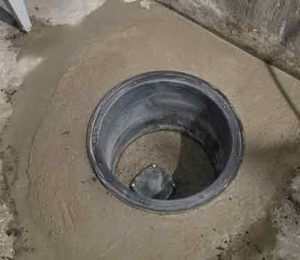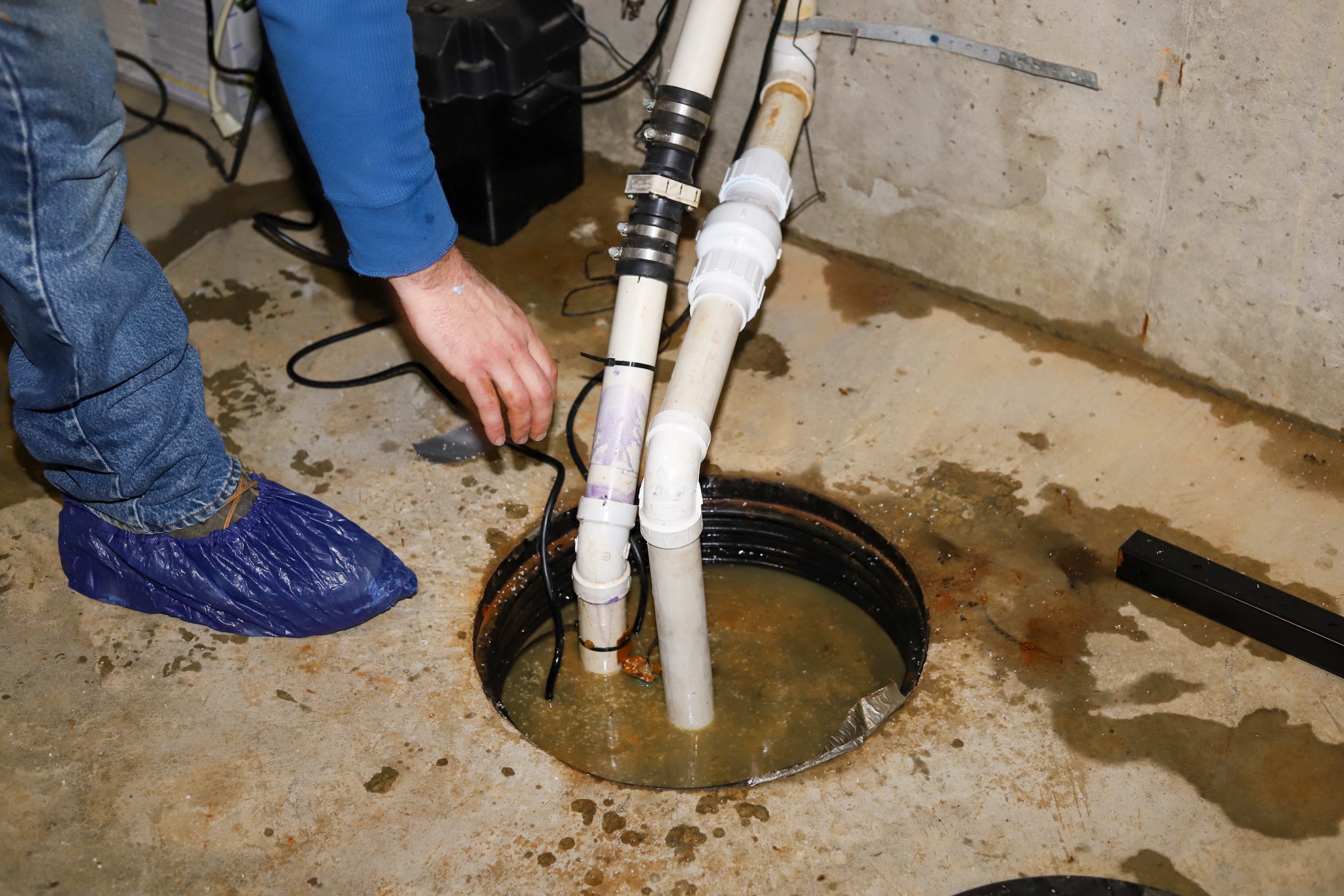Leading Steps for Servicing Your Sump Pump
Leading Steps for Servicing Your Sump Pump
Blog Article
Each person may have their own unique thinking when it comes to Keep Your Sump Pump Clean, It'll Keep You Dry.

Sump pumps are essential parts in numerous homes, especially in locations prone to flooding or extreme wetness. They assist prevent water damages by effectively removing excess water from cellars or crawl spaces. Nevertheless, like any other appliance, sump pumps require routine maintenance to guarantee they work efficiently when required the most. Cleaning your sump pump is an important part of its maintenance, and understanding exactly how to do it properly can conserve you from costly repair work and prospective catastrophes.
Introduction
Preserving a tidy sump pump is essential for its proper performance and durability. Disregarding this vital task can result in clogs, breakdowns, and ultimately, water damages to your residential property. As a result, discovering how to clean up a sump pump is important for house owners that rely on these gadgets to maintain their cellars completely dry and secured.
Indicators of a Dirty Sump Pump
Knowing when your sump pump needs cleansing is essential for protecting against possible malfunctions. Some common indicators that suggest a dirty sump pump consist of unusual sounds throughout procedure, lowered water flow, and noticeable particles in the pit. If you discover any of these symptoms, it's important to clean your sump pump quickly to stay clear of any type of further concerns.
Preparing for Cleaning
Before you begin cleansing your sump pump, it's vital to take some safety and security preventative measures. Start by shutting off the power to the pump to avoid any electric crashes. In addition, use ideal safety equipment, such as handwear covers and safety glasses, to shield yourself from dust, debris, and prospective pathogens.
Recognizing the Sump Pump
Prior to diving right into the cleaning procedure, it's necessary to have a fundamental understanding of how a sump pump works. Commonly installed in a pit or container below the basement floor, a sump pump includes a number of essential components, consisting of a pump, a float button, and a discharge pipe. When water collects in the pit, the float switch triggers the pump, which then pumps the water out with the discharge pipeline, far from the structure's foundation.
Step-by-step Overview to Cleansing a Sump Pump
Shutting down the Power
Begin by detaching the power supply to the sump pump to stop any kind of crashes while cleaning.
Looking For Correct Performance
Prior to reinstalling the pump, perform a quick examination to make sure that the float button activates the pump properly. Pour some water into the sump pit and observe the pump's operation. If everything is functioning correctly, you can reassemble the pump and reconnect the power supply.
Removing Particles and Dust
Use a pail or an inside story to get rid of any visible particles, dirt, or sediment from the sump pit. Dispose of the particles appropriately to prevent it from clogging the pump or the discharge pipe.
Cleansing the Pump and Drift Switch Over
As soon as the pit is clear of particles, meticulously remove the pump from the pit. Examine the pump and the float button for any type of indicators of damages or wear. Make use of a soft brush or towel to clean up the surface areas and remove any kind of built up crud.
Purging the System
After cleansing the pump and float button, flush the sump pit with clean water to remove any kind of continuing to be dust or debris. This will certainly aid ensure that the pump operates efficiently and effectively.
Upkeep Tips to Keep Your Sump Pump Clean
In addition to periodic cleansing, there are numerous maintenance pointers you can follow to keep your sump pump in optimal condition:
Final thought
Cleaning your sump pump is an important facet of its maintenance and ensures that it runs efficiently when you need it the most. By following the steps laid out in this guide and incorporating regular upkeep into your routine, you can prolong the life-span of your sump pump and safeguard your home from water damage.
6 STEPS ON HOW TO CLEAN A SUMP PUMP PROPERLY
UNDERSTANDING SUMP PUMPS
Your sump pump plays a crucial role in protecting your home by managing and removing excess water. It primarily functions as a “shield”, guarding your basement against the damaging effects of water accumulation. The pump is housed in a sump pit in the lowest part of your basement, and its job is to pump out any water that collects there.
During heavy rainfalls or when snow melts rapidly, water can infiltrate your basement, posing potential risks like flooding, structural damage, and harmful mold growth. Here, the sump pump springs into action, pumping out the intruding water and directing it away from your home.
SAFETY FIRST
Before cleaning, remember to prioritize safety. Disconnect the sump pump from the power source to prevent any accidental electric shocks. Also, wear sturdy gloves to protect your hands from any sharp or dirty components within the pump.
REMOVE THE SUMP PUMP
After ensuring your safety, the next step is to remove the sump pump from its pit. Doing this might require careful maneuvering as you don’t want to damage any pump components. Once removed, clean the sump pit to remove any accumulated debris or sludge.
INSPECT THE PUMP
Inspect the pump for any visible signs of wear or damage. Check the power cord, float switch, and impeller housing. If any components look worn out or damaged, consider replacing them to ensure optimal performance.
CLEAN THE PUMP
Thoroughly clean the pump with warm, soapy water. Make sure to rid it of any dirt, gravel, or other debris that might impede its performance. You can use a toothbrush to clean the small, hard-to-reach parts of the pump.
REINSTALL THE SUMP PUMP
Reinstall the pump into the sump pit Make sure it’s positioned correctly to remove the water effectively Once it’s back in place, reconnect it to the power source TEST THE PUMP
Finally, pour some water into the pit to ensure the pump works correctly. It should start automatically and begin pumping out the water; if it doesn’t, check the power source and the positioning of the pump.
Remember, while cleaning your sump pump is an essential part of home maintenance, hiring a professional plumber for a thorough inspection and cleaning at least once a year is also important. This will ensure that your pump is in optimal condition, ready to protect your home from potential water damage.
BEST PRACTICES FOR CLEANING SUMP PUMP DISCHARGE PIPES
Regular Inspection: Regularly inspect your discharge pipes, especially during heavy rainfall or snowmelt periods. Look for any signs of blockage or damage. Early detection of problems can prevent serious issues down the line. Periodic Cleaning: Over time, sediment and debris can accumulate in the discharge pipes, impeding the flow of water. Regular cleaning helps keep the pipes clear and functioning efficiently. You can use a high-pressure water jet to effectively clean the pipes. Insulation During Winter: In colder climates, discharge pipes can freeze, blocking the outflow of water. Protect your discharge pipes from freezing temperatures by insulating them with foam pipe insulation. This will ensure the sump pump can continue to discharge water even in freezing conditions. Proper Positioning: The discharge pipe should be positioned to direct water away from your home’s foundation. Improper positioning can lead to water seeping back into the basement. Ensure the pipe is long enough and angled correctly. Installation of a Check Valve: A check valve prevents water from flowing back into your sump pit after the pump has pushed it out. Installing a check valve helps maintain the efficiency of your sump pump and reduces the risk of flooding. Minimize Pipe Turns: Every curve or turn in the discharge pipe can decrease the efficiency of water flow. By minimizing turns and bends in your discharge pipe, you can increase the efficiency of your sump pump. https://www.fullspeedplumbing.com/how-to-clean-a-sump-pump-properly9999/

Do you appreciate reading up on Keep Your Sump Pump Clean, It'll Keep You Dry? Try to leave feedback below. We would be happy to find out your ideas about this posting. Hoping that you visit us again soon. Liked our blog entry? Please quickly share it. Help other people find it. Thanks a lot for going through it.
Click Here Report this page